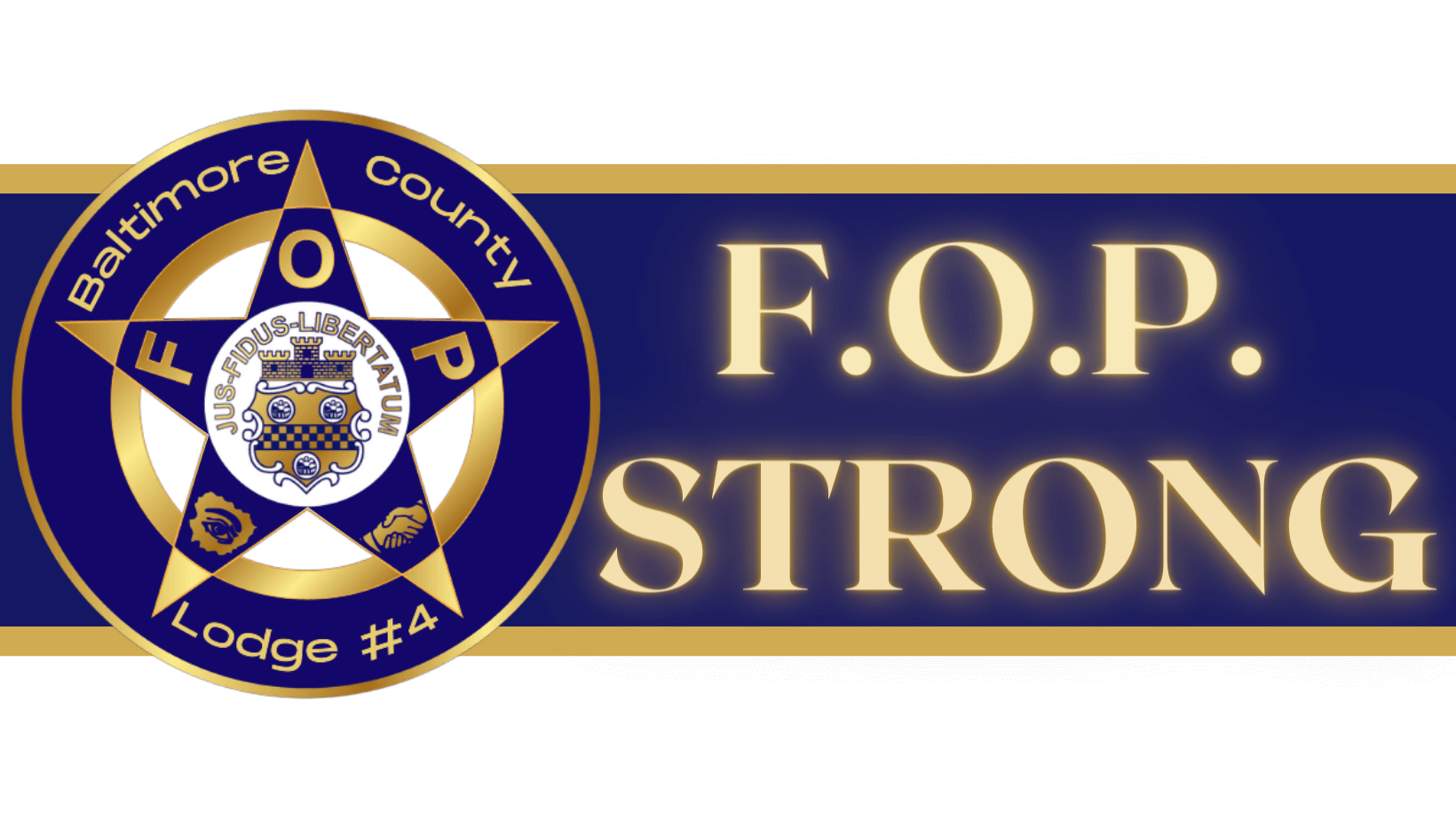Baltimore County Council keeps its council expansion maps
Rona Kobell
The Baltimore Banner
October 8, 2024
Measure to toss maps plan had roiled the normally collegial council for weeks
The Baltimore County Council on Monday voted 4-3 against changing the maps that accompany a ballot question on whether to expand the council, finding that such a bill undermined the spirit of compromise that led to the most significant effort to reform the legislative body since it was formed in 1956.
Democrat Mike Ertel of Towson joined his Republican colleagues — David Marks of Upper Falls, Todd Crandell of Dundalk and Wade Kach of northern Baltimore County — to vote against the proposal.
The quick vote ended weeks of acrimony on the normally collegial, bipartisan council. State senators and delegates, union leaders, community activists and others weighed in during earlier hearings.
How we got here
On July 1, the County Council voted 5-1 to place a charter amendment on the ballot to expand from seven to nine members. Many community activists had championed such a change for decades. Two of them, Ertel and Izzy Patoka, now the council chairman, eventually won election to the council and began agitating for change.
The county’s population has quadrupled to more than 840,000 in the past 70 years. The county is now 30% Black, with a fast-growing immigrant population from Arabic and Hispanic countries.
Yet the council is all male and almost all white. Councilman Julian Jones is the lone Black member, representing a district carved out for the Black population more than 20 years ago in a redistricting.
A council workgroup looked at whether to expand the council to nine, expand it to 11, or do nothing at all. The workgroup consensus was to expand to nine. Ertel and Patoka had to get their colleagues on board. Fellow Democrats Jones and Pat Young were not certain about the idea; Young leaned toward expanding by four, while Jones wasn’t sure the council should expand at all.
Crandell had not favored expansion, and Kach and Marks were open to it but not pushing for it.
The mapmakers and the maps
In order to win the Republicans’ support, Patoka assured them they would not lose their power. Currently, the council has a 4-3 Democrat majority. Patoka needed to make sure a new map would help secure a 5-4 split between Democrats and Republicans.
He worked with his colleagues to make maps that balanced the districts so the Republicans would keep a strong minority. In turn, all three Republicans joined Patoka in supporting the charter amendment proposal. Young voted against it, and Jones was not in attendance.
Without the Republicans, the expansion bill would not have passed; without the maps, the Republicans would not support the expansion bill.
But once news sites published the maps, Democratic lawmakers in Annapolis began complaining about them. They argued the maps split up districts and were not going to yield the diversity that Patoka and Ertel had hoped to see.
Young introduced the bill to nullify the maps and start over again. But Ertel and the Republican members insisted that was not necessary because Kach had added an amendment to the expansion bill to create a committee to adjust the maps.
Patoka also promised to impanel a redistricting commission if the charter change passes.
Rancor increases
At times, discussion over the maps seemed to tear apart the usually collegial and bipartisan council. Patoka needled Jones for his absence. Both Democrats are expected to run for county executive.
At one point, Young said Crandell’s support for the measure gave him pause and contributed to his opposition to it, which caused the liberal-leaning Ertel to stand up for his conservative Republican colleague.
Kach called the Annapolis delegates’ and senators’ attempt to interfere with the council map “disgusting” given their own long history of gerrymandering. In 2017, Maryland’s Republicans sued state Democrats over a gerrymandered redistricting map in a case that went all the way to the Supreme Court. In March 2022, a state judge ruled that a Democratic-dawn map was unconstitutional.
Unlike in Annapolis, where Democrats have a clear majority, the County Council members need each other to pass legislation. It’s not unusual to see Ertel and Crandell teaming up on a bill to control loitering, or to see Marks and Kach as the council’s biggest advocates for land preservation.
What’s next?
Voters are already mailing in their ballots. If the charter amendment passes in next month’s election, the public will have several opportunities to weigh in on the maps. Those new seats wouldn’t be up for election until 2026.
As for council collegiality, perhaps all is not lost.
Every councilman asked to join Marks in sponsoring a zoning change bill to allow a trade school in White Marsh. There are still some things they all can agree on.
